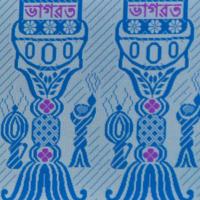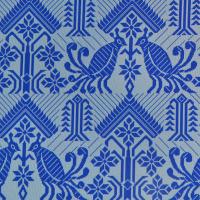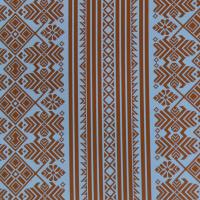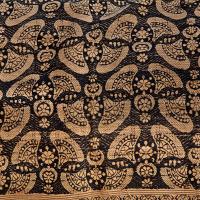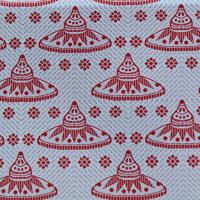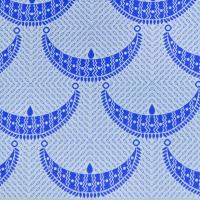Design Gallery
Silk Weaving Motifs of Sualkuchi 1
A Weaver's paradise
by
The largest village in Assam, Sualkuchi is like a weaver's paradise. The sobriquet of Sualkuchi which refers to it as the 'Silk village' is re-confirmed the moment one enters the village. The raw silk thread is processed, dyed and finely woven into garments which are sold at shops located at every few meters in the village. The village wears a festive look every day and every small or large shop is adorned with the display of colourful mekhela chador or silk sarees.
The symbols and motifs which were woven on the silk garments traditionally have undergone a massive change. According to design experts, earlier the designs were mostly handmade angular geometric shapes, which over the time, with the advent of the machinery, transformed into beautiful contemporary shapes and patterns.
The motifs are mostly imitation of flowers, ferns, trees, butterflies, animals, birds and even Assamese traditional ornaments like the Thuria, Loka Paro, Joonbiri and Gaam kharu. Though most motifs and patterns found in the silk garments do not necessarily have a meaning, many are basically contemporary in style. An insight into some of the traditional motifs leads to interesting facts.
For More details:
http://dsource.in/resource/silk-weaving-tradition-sualkuchi-assam
